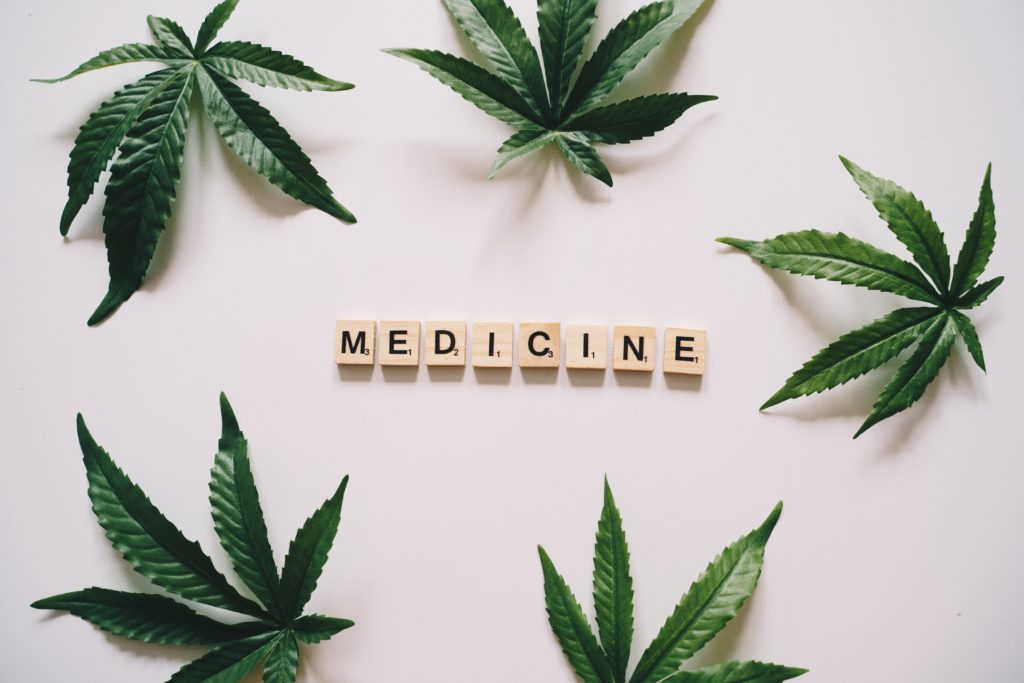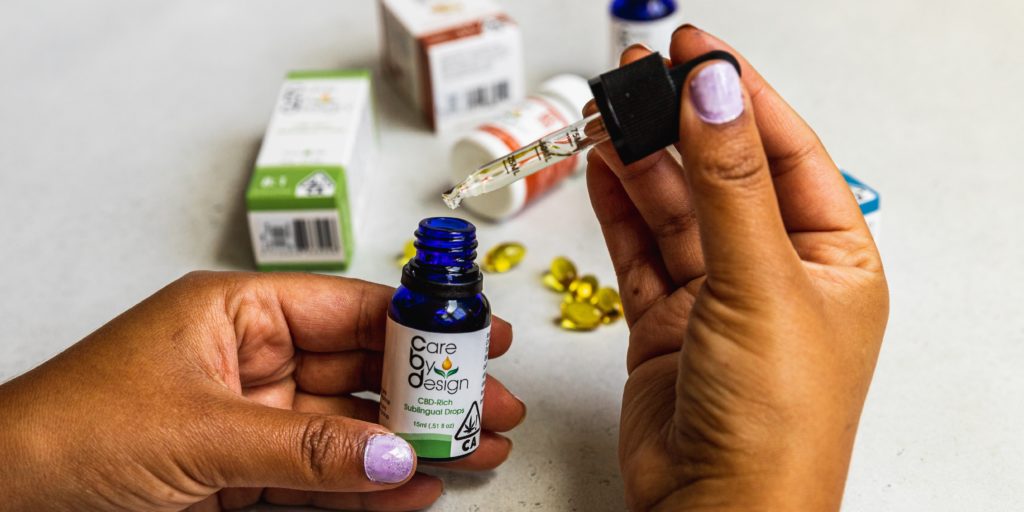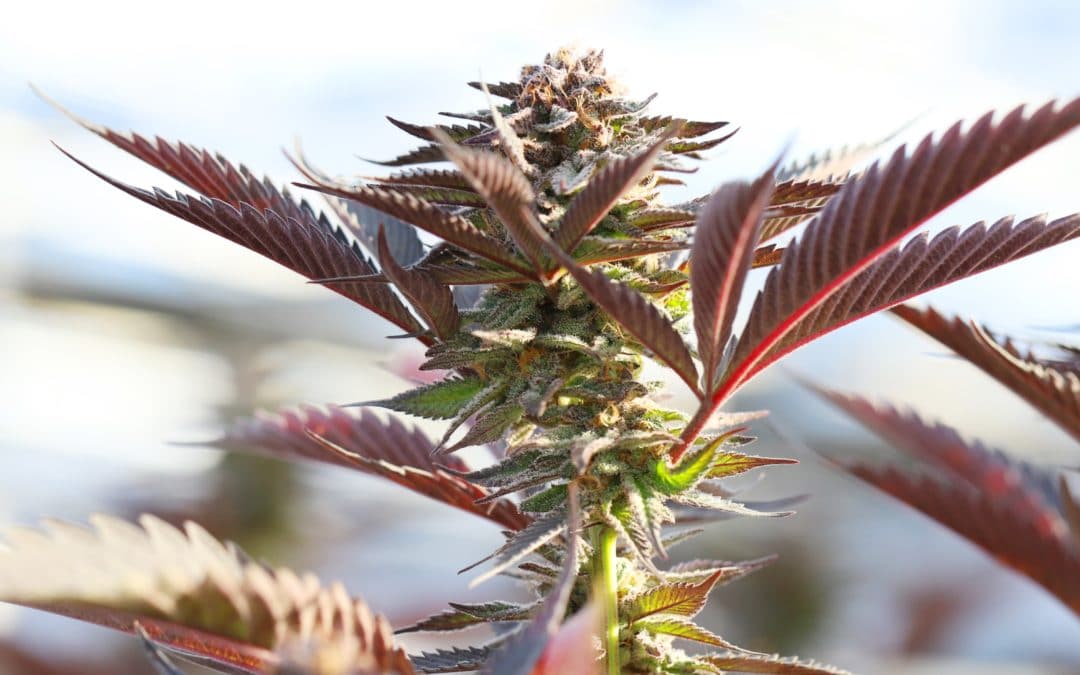You’ve probably heard about the cannabis plant but maybe not cannabinoids. And yet, these substances are so important. As they make up the entire cannabis plant. And are the substances responsible for the reactive qualities of the cannabis plant. Without these helpers, cannabis is just another common everyday plant.
Additionally, knowing what cannabis is and how cannabinoids works are crucial to selecting the correct products for your ailments. This article will detail cannabis (marijuana) and cannabinoids. Here’s what you need to know.
Cannabis (Marijuana) and Cannabinoids: What you need to know
Briefly, the cannabis plant has been studied and scrutinized for consumer use on a large scale. In fact, there are hundreds of laws and regulations for this plant alone. Briefly, here is more history and information about the cannabis plant.
What we know is this plant is so highly protected because of cannabinoids – a group of substances found in the cannabis plant. In fact, there are over 100 cannabinoids. Each cannabinoid further enriching the cannabis plant.
Knowing the job of these cannabinoids will make you informed and an expert consumer.

What are the common Cannabinoids?
Each one of the 100+ cannabinoids has its own specific job. Providing a benefit to the consumer or even helping another cannabinoid.
Without these helpful substances, cannabis wouldn’t be able to provide the benefits consumers crave.
Here are the most common cannabinoids and their acronyms.
- THC (tetrahydrocannabinol) – It is the main psychoactive chemical substance found in cannabis.
- THCA (tetrahydrocannabinolic acid) – Is the precursor to THC and the active component of cannabis.
- CBD (cannabidiol) – The second most prevalent active ingredient in cannabis.
- CBDA (cannabidiolic acid) – This is the precursor to CBD. It is heated to produced CBD.
- CBN (cannabinol) – It’s the mildly psychoactive cannabinoid found in trace amounts of Cannabis.
- CBG (cannabigerol) – Minor cannabinoids. It’s present in most cannabis strains.
- CBC (cannabichromene) – A non-psychoactive cannabinoid. Research is showing that this cannabinoid might be influential in cannabis-related cancer treatments.
- CBL (cannabicyclol) – This cannabinoid, comes from CBC after exposure to light, oxidation, or acidic conditions.
As you have probably heard, THC and CBD are among the most common cannabinoids.
How do cannabinoids work?
Cannabinoids generate their effects by interacting with specific receptors in the body. These receptors (CB1 and CB2) are located in different parts of the central nervous system. Further, in the endocannabinoid system (ECS). It’s a unique communications system found in the brain and body. The ECS affects many important functions. Like, how the body sends, receives, or processes messages.
Similarly, the ECS helps maintain homeostasis. Consider the nervous system, ECS, and cannabinoids as one big happy family. All working together to regulate common reactions, like mood, memory, sleep, and appetite function properly. That is if they are all functioning correctly.
How can I get the positive benefits of cannabinoids?
When learning about cannabis (marijuana) and cannabinoids, what you need to know is there are thousands of products on the market. You can ingest, smoke, and absorb (through lotion or oils). Each of these products contains one or two of the main cannabinoids – THC and/or CBD. They help with a variety of common ailments.
Whether you have pain, sleep issues or depression, there are products that can help:
- Positive mood –Cloud Berry (smokable) .
- Better sleep –Breez (edible).
- Pain management –Mary’s Medicinals (lotion).
- Mood regulation –Dosist (Vaporizer).
Are Cannabis or cannabinoids FDA approved?
Technically, no. Basically, the entire cannabis plant isn’t fully FDA approved. But some products that have cannabinoids are FDA approved.
We get it, it’s complicated.
Here are some FDA approved products originating from the cannabis plant:
- Epidiolex: This drug contains a purified form of CBD. This drug is approved for the treatment of seizures associated with epilepsy.
- Marinol and Syndros: Both FDA approved. Each drug contains dronabinol (synthetic THC), Cesamet, and nabilone (a synthetic substance similar to THC).
Though these are just some of a few FDA-approved products. Additionally, we are encouraged by the upcoming research findings and hopefully subsequent approved products.
Are cannabis and cannabinoids safe though?
The short answer is, yes! Experts consider cannabis and cannabinoids safe. Although, ingesting products with THC might impair your motor functions and cause the following side effects:
- Lower birth weight when used while pregnant.
- Increased susceptibility to getting injured.
- Overabundance use may be linked to mood disorders or in some cases schizophrenia.
- Head rushes and dizziness.
- Vaping products negatively affecting the lungs.
- Stomach and gastrointestinal disorders. These disorders may cause nausea and vomiting.
If by chance, you have experienced these symptoms, immediately stop ingesting anymore cannabis products. Furthermore, contact your doctor.

Cannabis can produce some really great results!
On the flip side, cannabis and those popular cannabinoids that we discussed can also produce positive results.
Here are some common reactions when consuming products with CBD and/or THC.
- Relaxation
- Better sleep
- Giddiness and happiness
- Sights and sounds might be more intense
- Increased appetite
- Altered perception of time and events
- Focus and creativity
For real though…
We could write so much more about cannabis (marijuana) and cannabinoids. We hope we provided a little of what you need to know. Cannabis one of our favorite subjects! Check out our other blog articles for some more helpful information about popular cannabinoids like THC and CBD.




